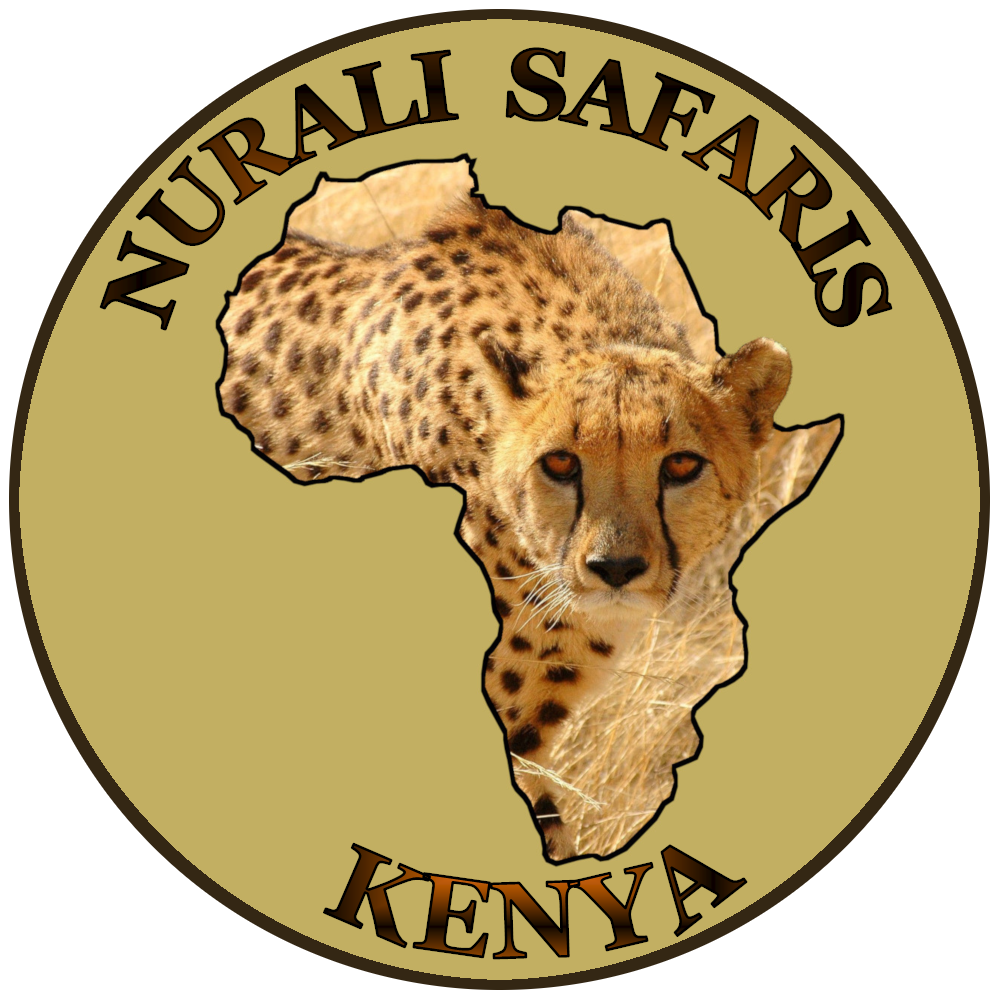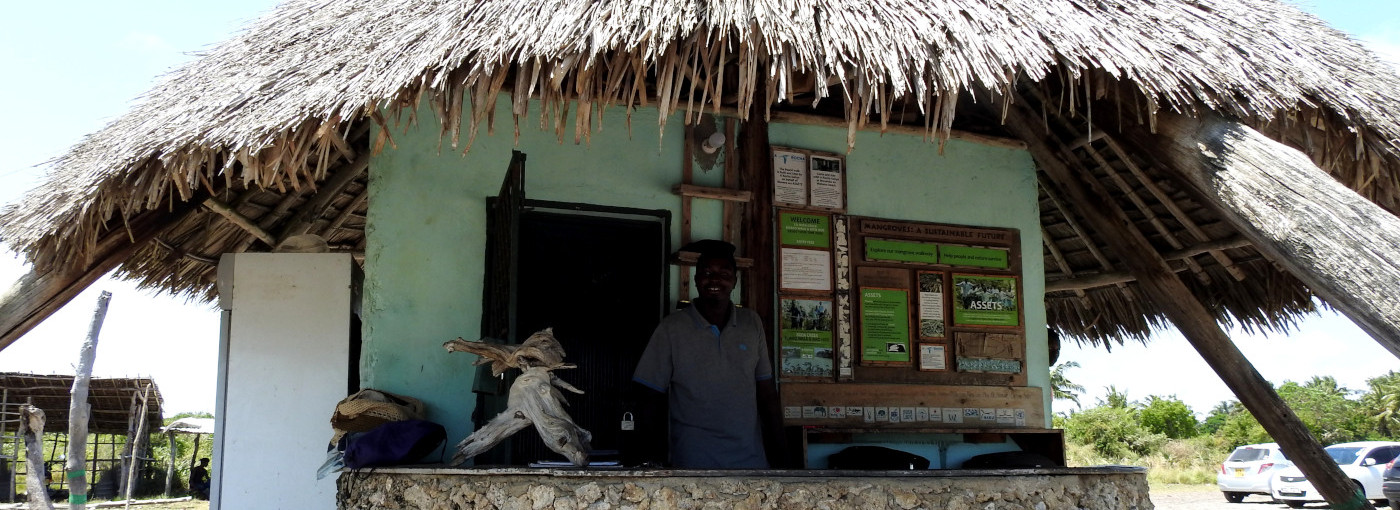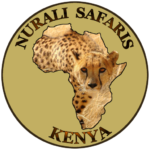Mida Creek Conservation Community
La Mida Creek Conservation Community è un’associazione impegnata nella conservazione e nel lavoro della comunità. Coinvolge la comunità locale nella conservazione pratica, nell’educazione e nella consapevolezza ambientale e nella gestione sostenibile delle risorse naturali.
A tal fine, organizzano piantagioni di mangrovie e pulizie delle spiagge oltre a diverse attività generatrici di reddito tra cui l’apicoltura, la vendita di piantine di mangrovie, l’allevamento di granchi, la vendita di artigianato e un programma di eco-turismo. Ci sono diverse attività di eco-turismo quindi sei obbligato a trovare qualcosa di interessante. Puoi visitare il Sita Community Snake Park, passeggiare sul lungomare e fare un tour educativo degli allevamenti di granchi e pesci, fare un giro in canoa attraverso il Creek e organizzare la piantagione delle mangrovie.
Riforestazione delle Mangrovie a Mida Creek
Le mangrovie sono davvero alla base di diverse funzioni ecologiche, che vanno da una prospettiva economica umana alla conservazione della biodiversità ambientale, della flora e della fauna. Le maggiori funzioni “fisiche” sono la prevenzione dalle tempeste, la riduzione della torbidezza delle acque e dell’erosione delle coste, oltre che l’assorbimento e la trasformazione dei nutrimenti.
La popolazione locale che vive all’interno di questo tipo di ecosistema spesso sopravvive interamente con i beni provenienti dalle foreste di mangrovie. Le mangrovie sono un sine qua non per il mantenimento della vita e della variegata biodiversità di specie acquatiche e di uccelli presenti nell’ambiente.
All’interno dei suoi canali vengono depositate le uova di pesci e uccelli, che verranno così protetti nei primi giorni di vita, grazie a quell’intreccio di radici che li protegge dalle forti correnti dell’oceano aperto e dai predatori.
Le mangrovie sono la culla della fauna locale. In particolare il Mida Creek è uno dei più grandi ecosistemi di mangrovie al mondo, riconosciuto dall’Unesco, si estende su un’area di 32 km. Le maree creano paesaggi e colori diversi e si rimane affascinati dai diversi habitat che si possono trovare: fango, sabbia bianca, acque aperte o canali minuscoli.
Non è un paradiso solo per la vista umana, ma anche per decine di specie di pesci, uccelli, alghe e mangrovie stesse (sono presenti 9 tipi diversi).L’importanza del Mida Creek e delle sue mangrovie è da rilevare non solo a livello ambientale di flora e fauna, ma anche a livello umano: le comunità che vivono al suo interno o adiacenti ad esso ne traggono non solo nutrimento ma anche guadagno.
L’aumento demografico ha sicuramente inciso sul disboscamento e di conseguenza sulla necessità di mantenere e per certi versi aiutare questo ecosistema. Riforestare e piantare mangrovie significa aiutare non solo la natura e le sue meraviglie, ma anche le comunità di pescatori e raccoglitori che vivono in questo paradiso, affinché non venga distrutto.
Le tante proprietà del miele di Mangrovia
Le mangrovie di Watamu sono un paradiso naturale che attira ogni anno migliaia di turisti, ambientalisti e viaggiatori amanti della natura e delle meraviglie acquatiche.
Ma in pochi sanno che le mangrovie sono anche una “casa” ideale per la produzione di miele da parte delle api, anzi per la precisione di “melata”.
Infatti è la modalità dell’impollinazione la particolarità della mangrovia, perché il prodotto delle api viene lasciato direttamente sulle foglie e non nel fiore, e da lì deve essere preso per fare il miele.
Questo permette al miele di attingere tutte le proprietà dall’aria salmastra e dall’ambiente vergine, in quanto le mangrovie permettono di trasferire la purezza del loro stato di “filtri” del mare e della palude, rilasciando solo le cose buone e naturali.
Così il miele di mangrovia oltre alla dolcezza che porta benefici al corpo, attraverso un’energia buona, è curativo per le malattie respiratorie e un equilibratore di pressione, oltre a far bene a reumatismi e a curare la gola.
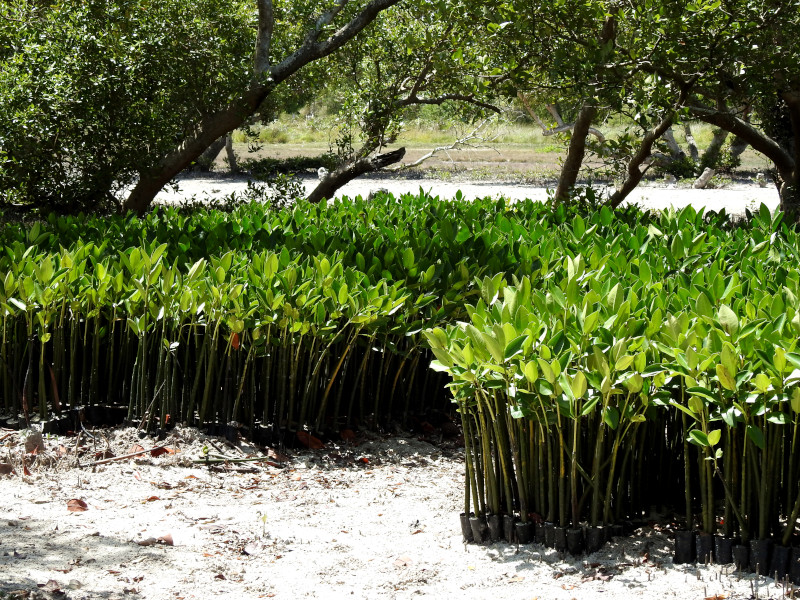
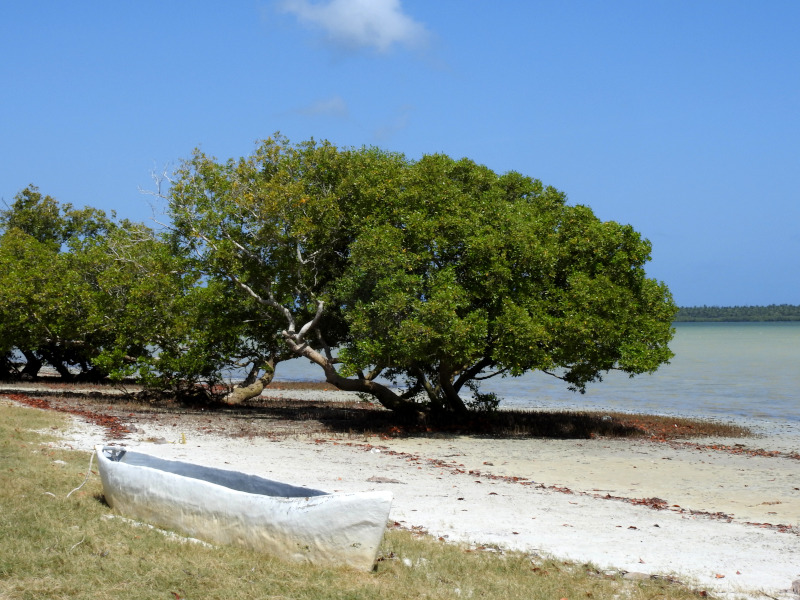
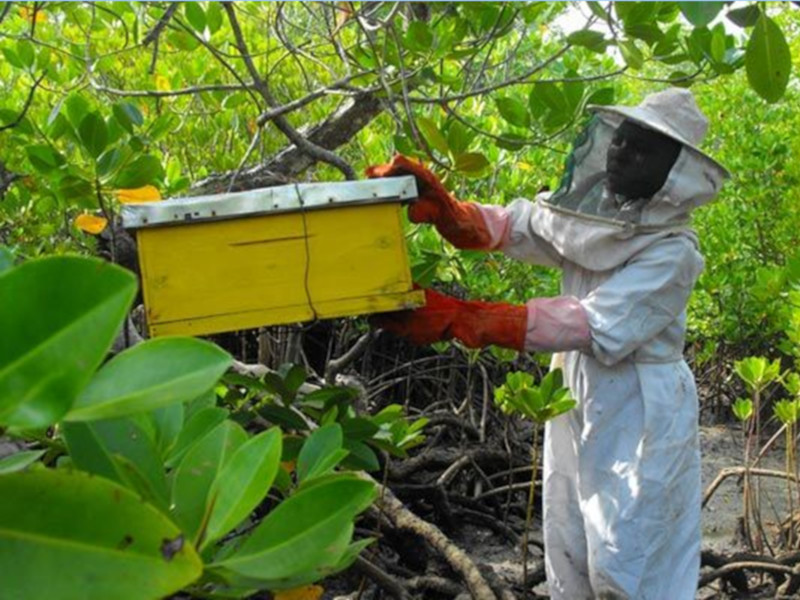
Un paradiso naturale
Contatti
Contattaci per pianificare il safari dei tuoi sogni e vivere un'avventura indimenticabile in Kenya.
NURALI SAFARIS LTD
P.O. Box 5882
Malindi – Kenya
